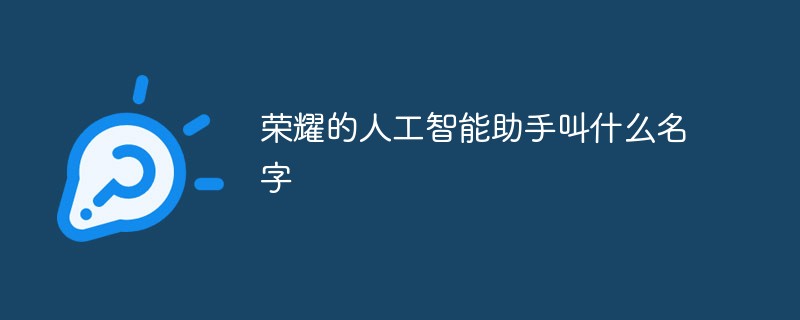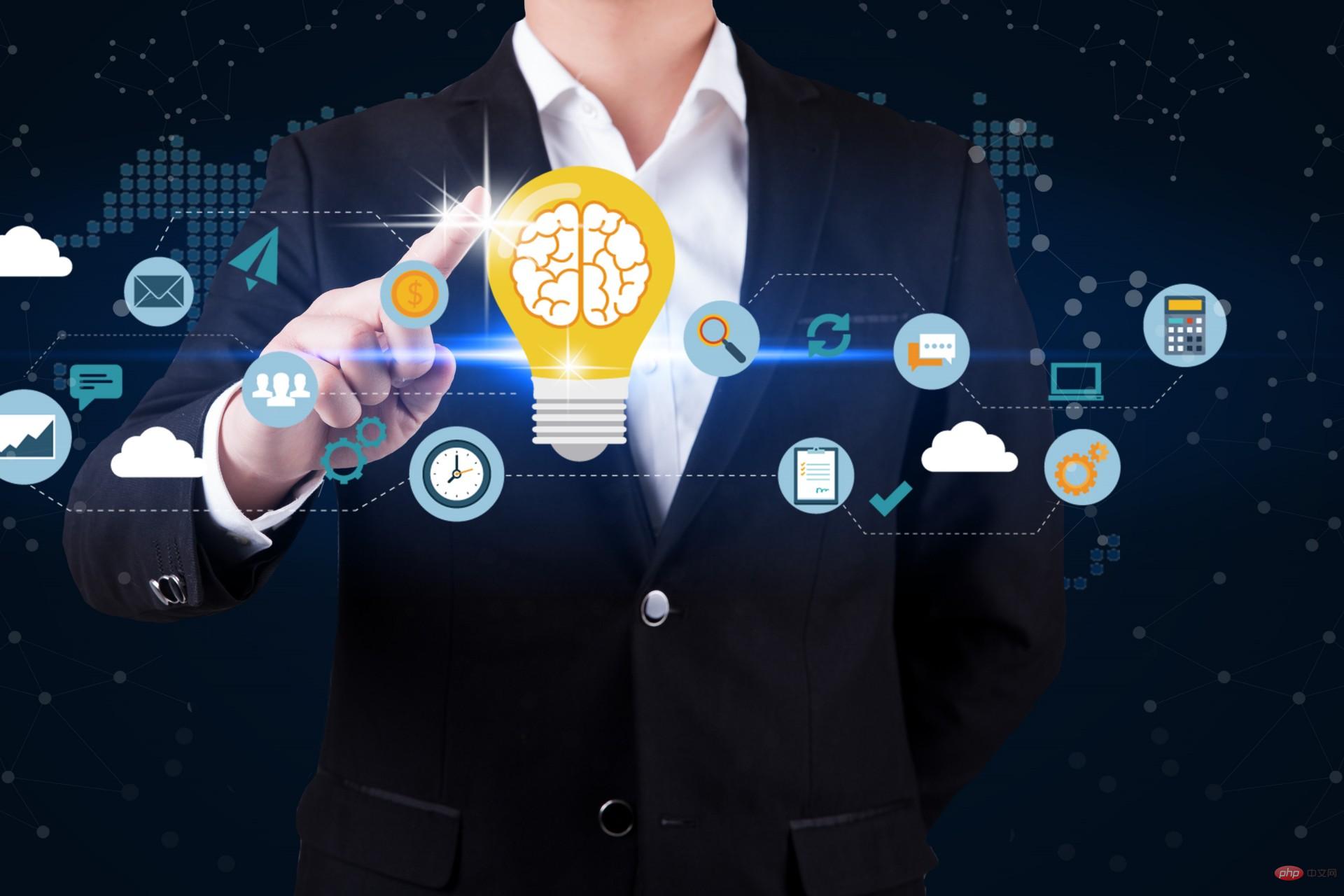Translator | Cui Hao
Reviewer | Sun Shujuan
Opening Chapter
Today’s society is in a stage of rapid development of language and technology, so the changes in language and technology A collision is inevitable - some even say it's already happening and we're just waiting for the dust to settle. Digitization, the Internet of Things, artificial intelligence and machine learning, and beyond – smartphones, speech recognition, and the introduction of the internet and social media; all these technologies have contributed to our lives.

Among all technologies, artificial intelligence is the most widely used in the industry. Today we’re going to talk about the translation industry, which is undergoing huge changes. Borderless communication between businesses is eliminating language barriers. Although machine translation (MT) has existed for a long time, the application of artificial intelligence has greatly improved the real-time and usability of translation and achieved unprecedented results. The application of artificial intelligence brings many benefits, including integrating contextual and linguistic details with high accuracy.
Whether you are engaged in translation or technology industry, I hope this article can inspire you. Let's start with a basic question: What happens when two things (language services and technology) conflict? How do we get real-time translation technology.
Prospects of the Translation Industry
The development of intelligent technology and its penetration into translation have greatly promoted the development of the translation industry. In fact, the translation industry was worth $39.37 billion in 2020 and is expected to reach $46.22 billion by 2028. Beyond this data, the introduction of technical translation engines and the move to machine translation has been a revolution in the field of translation. As a result, in 2019, machine translations surpassed human translations globally.
What is real-time translation technology?
As the name suggests, real-time translation technology (RTT) refers to a technology-driven translation solution that can instantly translate any type of content from one language to another. You read that right, it can be translated into any type of content. Because today, technology can not only translate text but also help translate speech. Using technology you can do speech translation, object detection, text translation, image translation, and more. Not only for individuals but also for businesses, RTT is characterized by improving the quality of communication while bridging language gaps.
From an enterprise perspective, translation providers provide APIs in their services, allowing them to cover internal processes and customer communication systems, such as CMS management, customer support, etc.
Translation software that supports human translation has a strong level of intelligence and can provide translation services without excessive editing. Modern real-time translation software takes advantage of the latest neural machine translation (NMT). Machine learning algorithms and pattern recognition software identify words and sounds, while neural networks and deep learning systems evaluate speech based on context and phrases. The data is then coded and translated. RTT tools with high processing power can form databases from words extracted from millions of pages. The entire process takes only 2 to 5 seconds and is 85% accurate.
The role of artificial intelligence in translation: how does it work?
Many technologies have a profound impact on the industry, especially the translation industry, which relies on voice interaction technology. In this case, AI can provide instant translation in a variety of formats, including text, audio, graphics, and even street signs. AI can now manage large amounts of text or speech that need to be translated.
Artificial intelligence is based on neural networks, which translates the entire phrase instead of just the words. It also takes into account the relationship between words to improve the accuracy of translation. With neural machine translation (NMT), AI continuously learns from past translation experiences, contextually understanding how words are used, the structure of phrases, and the purpose of a language expression. This approach is more successful than any previously used technique because it uses less memory and data to complete the translation job. All translations are interconnected and provide contextual reference for subsequent speech or text, improving translation accuracy.
Behind the scenes, artificial intelligence is supported by multiple technologies such as natural language processing, image recognition, prediction and recommendation engines. Any piece of translation, whether words or text, goes through the following stages:
Data Collection - from the AI stack.
Data Storage- Fast access to big data storage, usually using cloud technology.
Data processing and analysis Involves machine learning, deep learning, natural language processing, sentiment analysis, image recognition and recommendation engines. And call the service through third-party API.
Data output and reporting——According to the needs, the output can be in various forms, such as voice copy, voice translation, text form, etc.
How does technology (AI and NLP) help human translation?
The application of artificial intelligence in language translation brings convenience to both enterprises and individuals, allowing translation work to be carried out in a better and faster way.
Continuous Progress
AI-driven neural machine translation leverages past translation experience and language assets to continuously learn and develop by getting feedback. This means that the more you use a translation tool, the smarter it becomes and the more accurate your results become.
Specific Vocabulary for Different Needs
Handle terminology efficiently by arranging terms with custom metadata, thanks to the terminology database included in the advanced AI editor. Use metafields to import terms or create new fields to improve translation consistency. This advantage is crucial in technical translation and professional content.
Time and Cost Effectiveness
If you don’t need to translate large documents with 100% accuracy, then machine translation is a great option. AI-driven translation improvements make the post-editing process easier, reducing the cost and time of manual translation.
Will artificial intelligence replace human translation?
Progress is unstoppable. In fact, no one wants to go back to an era when information was unavailable. There is also a question: "Will artificial intelligence replace humans in some industries, such as the translation industry, or other industries? The answer is: no."
No matter how smart and fast artificial intelligence is, it is not good for technology No empathy. Even with 99% accuracy, 1% of human effort is still needed to make the translation perfect. What we can do is use efficient and fast technology to make life more comfortable.
Translator Introduction
Cui Hao, 51CTO community editor and senior architect, has 18 years of software development and architecture experience and 10 years of distributed architecture experience. Formerly a technical expert at HP. He is willing to share and has written many popular technical articles with more than 600,000 reads. Author of "Principles and Practice of Distributed Architecture".
Original title: How Are Smart Technologies Changing the Translation Industry?, author: Anahit Ghazaryan
The above is the detailed content of How will smart technology change the translation industry?. For more information, please follow other related articles on the PHP Chinese website!
 2023年机器学习的十大概念和技术Apr 04, 2023 pm 12:30 PM
2023年机器学习的十大概念和技术Apr 04, 2023 pm 12:30 PM机器学习是一个不断发展的学科,一直在创造新的想法和技术。本文罗列了2023年机器学习的十大概念和技术。 本文罗列了2023年机器学习的十大概念和技术。2023年机器学习的十大概念和技术是一个教计算机从数据中学习的过程,无需明确的编程。机器学习是一个不断发展的学科,一直在创造新的想法和技术。为了保持领先,数据科学家应该关注其中一些网站,以跟上最新的发展。这将有助于了解机器学习中的技术如何在实践中使用,并为自己的业务或工作领域中的可能应用提供想法。2023年机器学习的十大概念和技术:1. 深度神经网
 人工智能自动获取知识和技能,实现自我完善的过程是什么Aug 24, 2022 am 11:57 AM
人工智能自动获取知识和技能,实现自我完善的过程是什么Aug 24, 2022 am 11:57 AM实现自我完善的过程是“机器学习”。机器学习是人工智能核心,是使计算机具有智能的根本途径;它使计算机能模拟人的学习行为,自动地通过学习来获取知识和技能,不断改善性能,实现自我完善。机器学习主要研究三方面问题:1、学习机理,人类获取知识、技能和抽象概念的天赋能力;2、学习方法,对生物学习机理进行简化的基础上,用计算的方法进行再现;3、学习系统,能够在一定程度上实现机器学习的系统。
 超参数优化比较之网格搜索、随机搜索和贝叶斯优化Apr 04, 2023 pm 12:05 PM
超参数优化比较之网格搜索、随机搜索和贝叶斯优化Apr 04, 2023 pm 12:05 PM本文将详细介绍用来提高机器学习效果的最常见的超参数优化方法。 译者 | 朱先忠审校 | 孙淑娟简介通常,在尝试改进机器学习模型时,人们首先想到的解决方案是添加更多的训练数据。额外的数据通常是有帮助(在某些情况下除外)的,但生成高质量的数据可能非常昂贵。通过使用现有数据获得最佳模型性能,超参数优化可以节省我们的时间和资源。顾名思义,超参数优化是为机器学习模型确定最佳超参数组合以满足优化函数(即,给定研究中的数据集,最大化模型的性能)的过程。换句话说,每个模型都会提供多个有关选项的调整“按钮
 得益于OpenAI技术,微软必应的搜索流量超过谷歌Mar 31, 2023 pm 10:38 PM
得益于OpenAI技术,微软必应的搜索流量超过谷歌Mar 31, 2023 pm 10:38 PM截至3月20日的数据显示,自微软2月7日推出其人工智能版本以来,必应搜索引擎的页面访问量增加了15.8%,而Alphabet旗下的谷歌搜索引擎则下降了近1%。 3月23日消息,外媒报道称,分析公司Similarweb的数据显示,在整合了OpenAI的技术后,微软旗下的必应在页面访问量方面实现了更多的增长。截至3月20日的数据显示,自微软2月7日推出其人工智能版本以来,必应搜索引擎的页面访问量增加了15.8%,而Alphabet旗下的谷歌搜索引擎则下降了近1%。这些数据是微软在与谷歌争夺生
 荣耀的人工智能助手叫什么名字Sep 06, 2022 pm 03:31 PM
荣耀的人工智能助手叫什么名字Sep 06, 2022 pm 03:31 PM荣耀的人工智能助手叫“YOYO”,也即悠悠;YOYO除了能够实现语音操控等基本功能之外,还拥有智慧视觉、智慧识屏、情景智能、智慧搜索等功能,可以在系统设置页面中的智慧助手里进行相关的设置。
 人工智能在教育领域的应用主要有哪些Dec 14, 2020 pm 05:08 PM
人工智能在教育领域的应用主要有哪些Dec 14, 2020 pm 05:08 PM人工智能在教育领域的应用主要有个性化学习、虚拟导师、教育机器人和场景式教育。人工智能在教育领域的应用目前还处于早期探索阶段,但是潜力却是巨大的。
 30行Python代码就可以调用ChatGPT API总结论文的主要内容Apr 04, 2023 pm 12:05 PM
30行Python代码就可以调用ChatGPT API总结论文的主要内容Apr 04, 2023 pm 12:05 PM阅读论文可以说是我们的日常工作之一,论文的数量太多,我们如何快速阅读归纳呢?自从ChatGPT出现以后,有很多阅读论文的服务可以使用。其实使用ChatGPT API非常简单,我们只用30行python代码就可以在本地搭建一个自己的应用。 阅读论文可以说是我们的日常工作之一,论文的数量太多,我们如何快速阅读归纳呢?自从ChatGPT出现以后,有很多阅读论文的服务可以使用。其实使用ChatGPT API非常简单,我们只用30行python代码就可以在本地搭建一个自己的应用。使用 Python 和 C
 人工智能在生活中的应用有哪些Jul 20, 2022 pm 04:47 PM
人工智能在生活中的应用有哪些Jul 20, 2022 pm 04:47 PM人工智能在生活中的应用有:1、虚拟个人助理,使用者可通过声控、文字输入的方式,来完成一些日常生活的小事;2、语音评测,利用云计算技术,将自动口语评测服务放在云端,并开放API接口供客户远程使用;3、无人汽车,主要依靠车内的以计算机系统为主的智能驾驶仪来实现无人驾驶的目标;4、天气预测,通过手机GPRS系统,定位到用户所处的位置,在利用算法,对覆盖全国的雷达图进行数据分析并预测。


Hot AI Tools

Undresser.AI Undress
AI-powered app for creating realistic nude photos

AI Clothes Remover
Online AI tool for removing clothes from photos.

Undress AI Tool
Undress images for free

Clothoff.io
AI clothes remover

AI Hentai Generator
Generate AI Hentai for free.

Hot Article

Hot Tools

PhpStorm Mac version
The latest (2018.2.1) professional PHP integrated development tool

Atom editor mac version download
The most popular open source editor

ZendStudio 13.5.1 Mac
Powerful PHP integrated development environment

SAP NetWeaver Server Adapter for Eclipse
Integrate Eclipse with SAP NetWeaver application server.

EditPlus Chinese cracked version
Small size, syntax highlighting, does not support code prompt function







